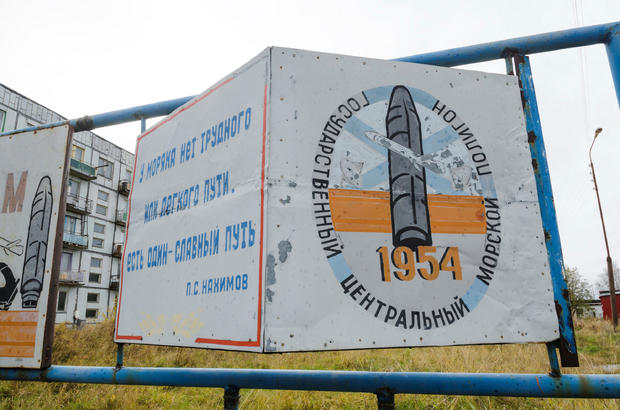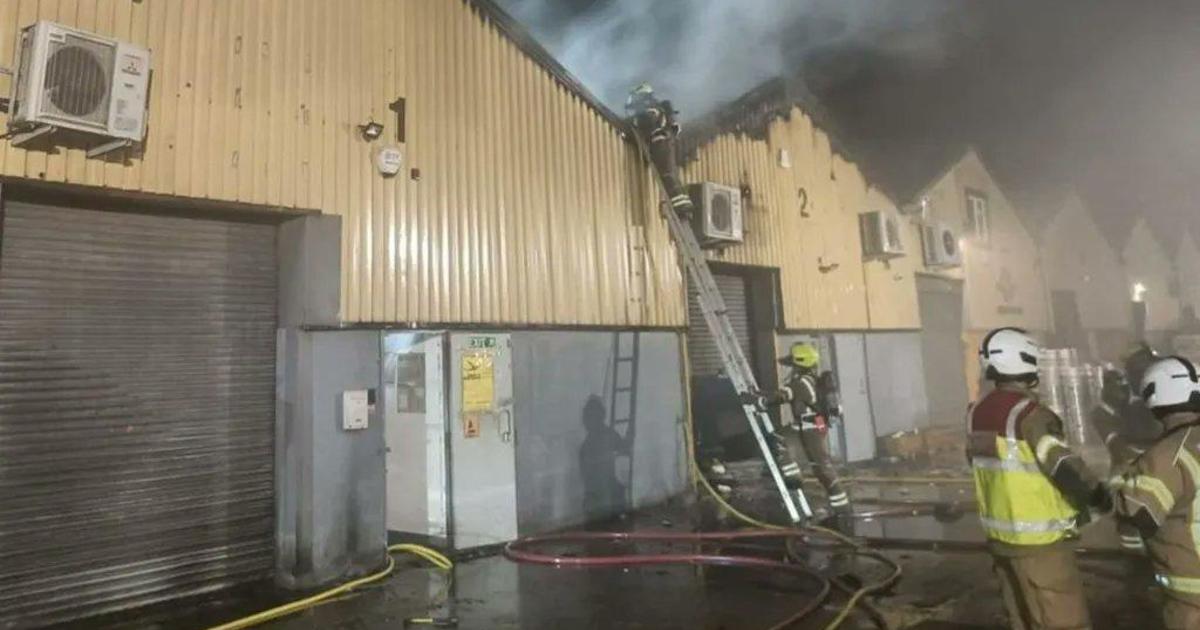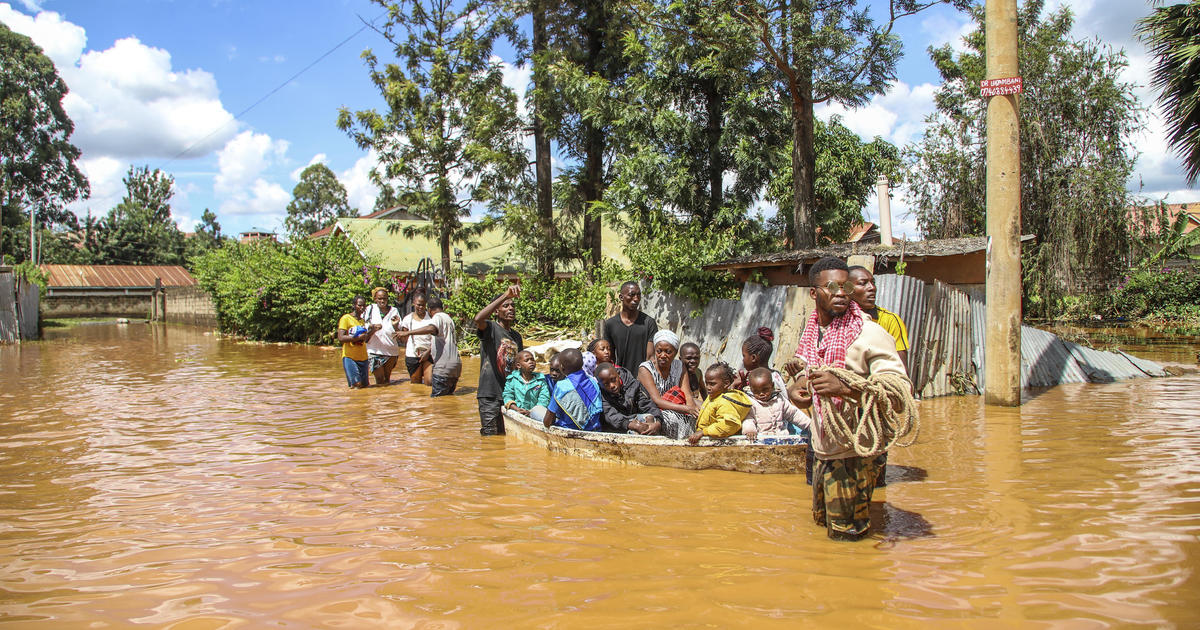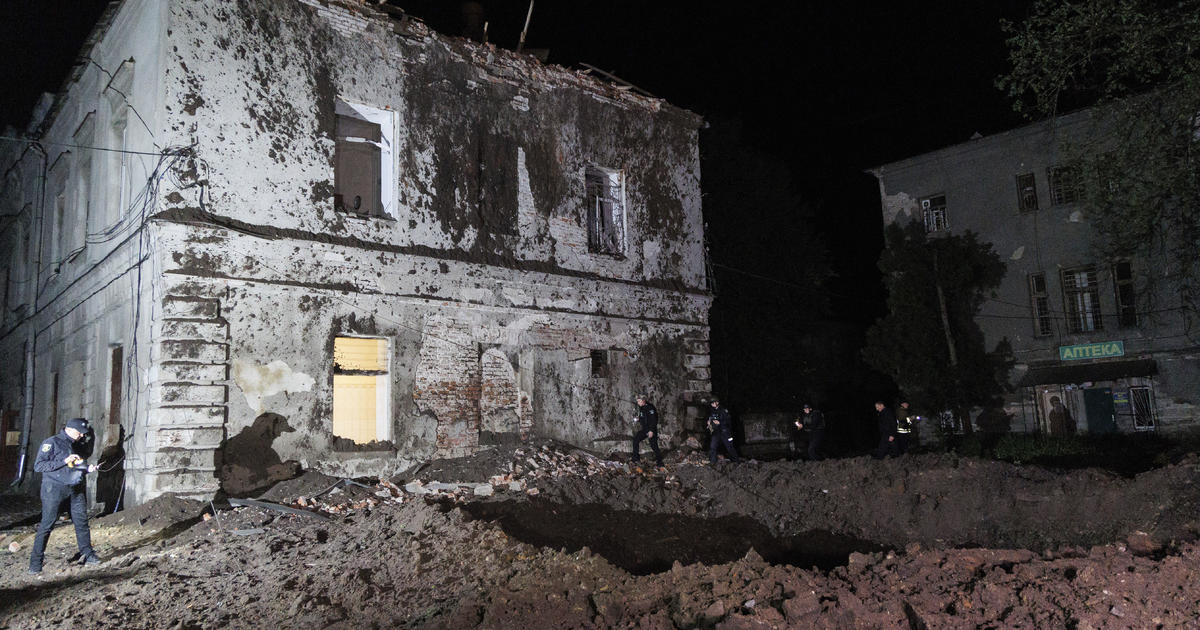Russia says nuclear accident during suspected missile engine test released radioactive gas cloud
Moscow — Russia's state weather and environment monitoring agency on Monday released new details about a brief spike in radioactivity following a mysterious explosion at the navy's testing range that has been surrounded by secrecy and fueled fears of increased radiation levels.
The Aug. 8 incident at the Russian navy's range in Nyonoksa on the White Sea killed two servicemen and five nuclear engineers and injured six others. The authorities reported a rise in radiation levels in nearby Severodvinsk, but insisted it didn't pose any danger.
Russia's state weather and environmental monitoring agency Rosgidromet said Monday the brief rise in radiation levels was caused by a cloud of radioactive gases containing isotopes of barium, strontium and lanthanum that drifted across the area. The agency said its monitoring has found no trace of radiation in air or ground samples since Aug. 8.
It has previously said that the peak radiation reading in Severodvinsk on Aug. 8 briefly reached 1.78 microsieverts per hour in just one neighborhood — about 16 times the average. Readings in other parts of Severodvinsk varied between 0.45 and 1.33 microsieverts for a couple of hours before returning to normal.
The authorities said those readings didn't pose any danger, and the recorded levels were indeed several times less than what a passenger is exposed to on a long-haul flight.
Still, contradictory statements from the authorities and their reluctance to reveal details of the explosion have drawn comparisons to the Soviet cover-up of the 1986 explosion and fire at the Chernobyl nuclear power plant, the world's worst nuclear disaster.
The Defense Ministry denied any radiation leak even as the local administration in Severodvinsk reported a hike in radiation levels and told residents to stay indoors — a move that prompted frightened residents to buy iodine, which can help reduce risks from exposure to radiation.
Russian media reported that the victims of the explosion received high doses of radiation. They said that medical workers at the Arkhangelsk city hospital that treated three of those injured said they hadn't been warned that they would treat people exposed to radiation and lacked elementary protective gear.
The Moscow Times on Monday cited Igor Semin, a cardiovascular surgeon at the hospital, who scathingly criticized the authorities in a social network post for failing to warn the hospital workers about the deadly risks. "They were abandoned and left to fend for themselves," the newspaper quoted Semin as saying.
Asked about the doctor's statement, Kremlin spokesman Dmitry Peskov said that the authorities will look into the matter.
Officials have said the explosion in Nyonoksa occurred during tests of a "nuclear isotope power source" of a rocket engine — a cryptic description that made many observers conclude that the test involved one of Russia's most secretive weapons — the prospective Burevestnik (Storm Petrel) nuclear-powered cruise missile which was code-named "Skyfall" by NATO.
U.S. President Donald Trump has thrown his weight behind that theory, saying the U.S. learned much from the failed test.




